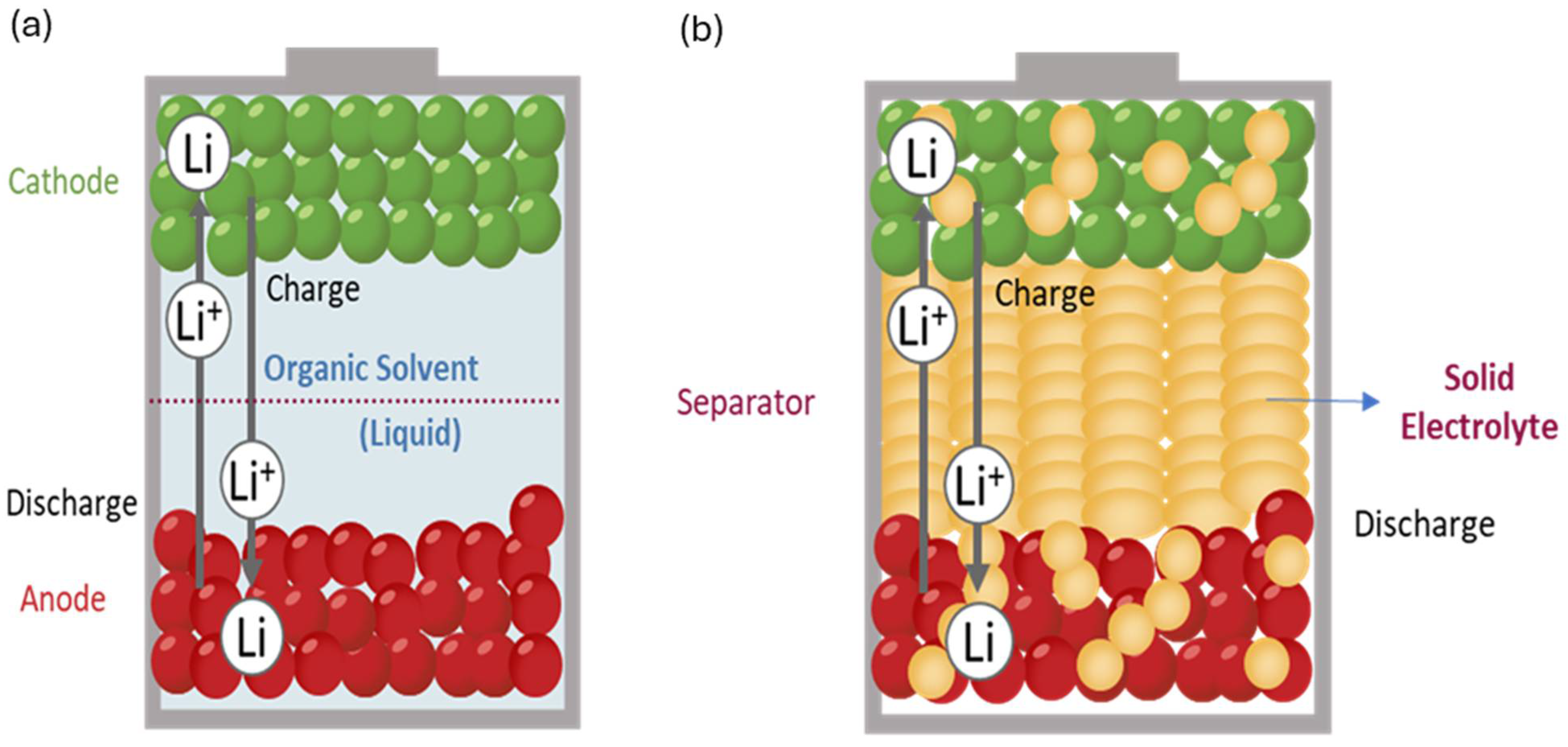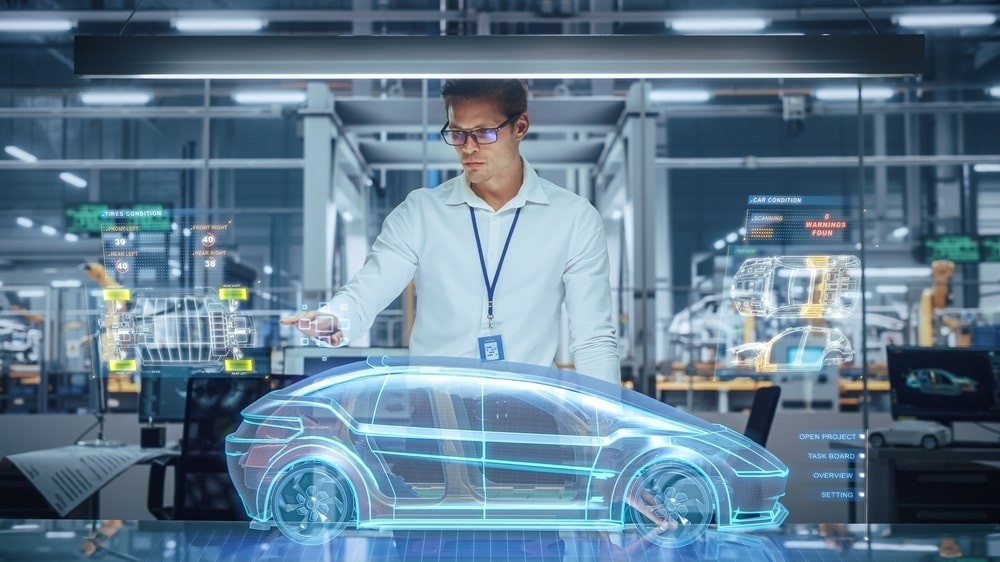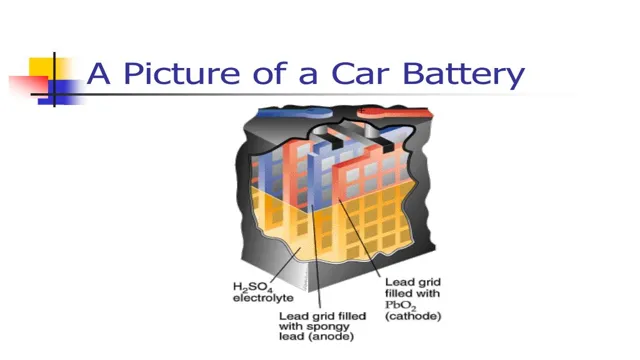Table of Contents
- Batteries and the e-mobility revolution | Abdul Latif Jameel®
- WEVJ | Free Full-Text | Beyond Tailpipe Emissions: Life Cycle ...
- Chemical soup: how electric car batteries are made - WSG Consumer ...
- What are electric car batteries made of? | EVBox
- Timeline of the development of Al-air batteries. EV is electric ...
- Agratas: Pioneering the Future of Sustainable Electric Vehicle Battery ...
- Electric Vehicle Battery Production: What, Why, Who, When, Where, How
- Where Are Electric Car Batteries Made?
- What are electric car batteries made of?
- The electrifying chemistry behind the power-packed batteries in ...



The Basics of Electric Car Batteries




The Manufacturing Process



Innovations Driving Efficiency and Sustainability
The electric car battery manufacturing industry is constantly evolving, with new innovations and technologies being developed to improve efficiency and sustainability. Some of the key trends driving this shift include: Solid-state batteries: Solid-state batteries replace the liquid electrolyte with a solid material, which improves safety, energy density, and charging speeds. Recycling and repurposing: The development of closed-loop recycling systems and repurposing of battery materials is reducing waste and minimizing the environmental impact of battery production. Advanced materials: The use of advanced materials, such as graphene and nanomaterials, is improving the performance and efficiency of electric car batteries. The manufacturing process of electric car batteries is a complex and multi-stage process that requires careful attention to detail and a commitment to innovation and sustainability. As the demand for electric vehicles continues to grow, it's essential that the industry prioritizes efficiency, sustainability, and safety in the production of these critical components. By embracing new technologies and innovations, we can create a more sustainable and environmentally-friendly transportation system that benefits both people and the planet.Word count: 500